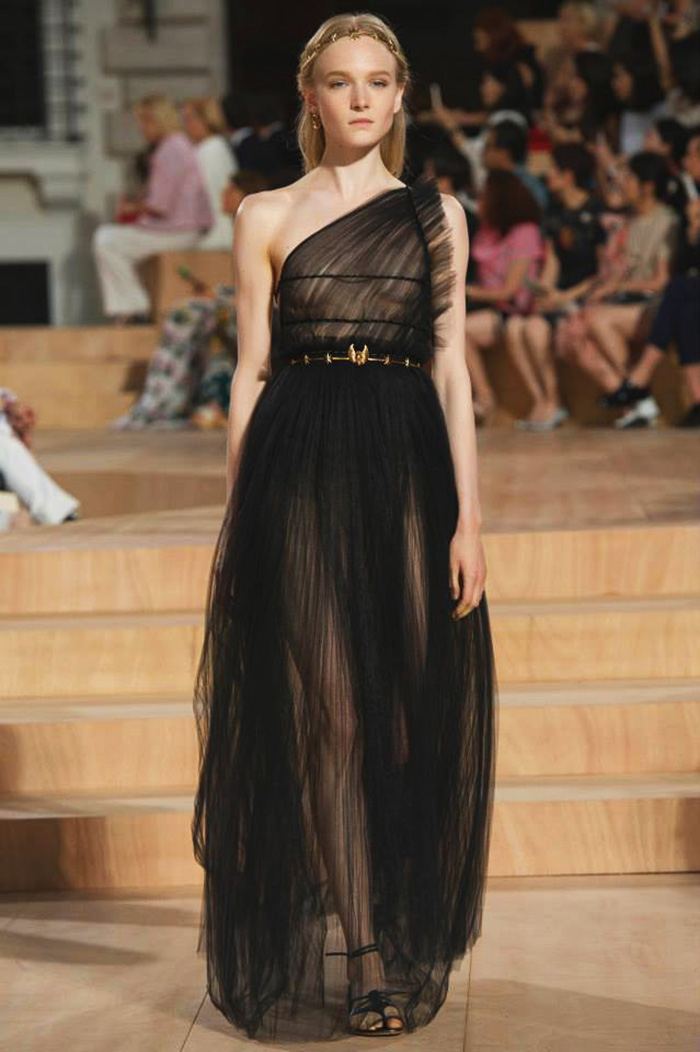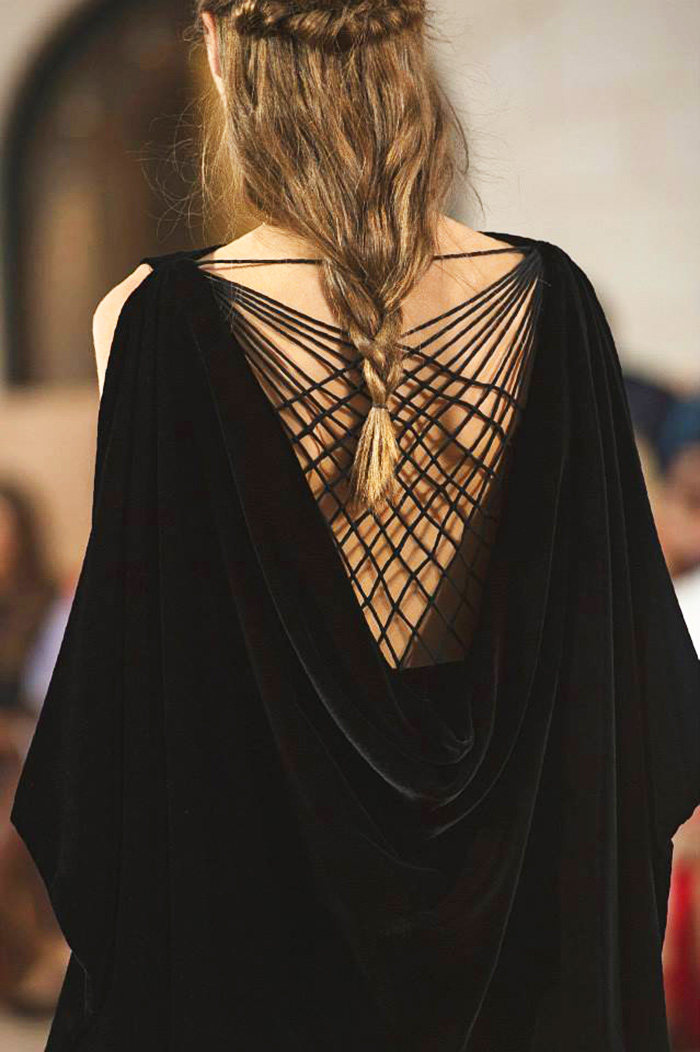Ashley Ellis, Principal Dancer at the Boston Ballet shot by photographers Deborah Ory and Ken Browar at their studio in New York City.
|
DEBORAH Ory started her career as a modern dancer while Ken Browar worked as a fashion photographer. Today, working together they are able to use each of their different strengths to create startling portraits of New York's top dancers. The dance project grew from their shared love of the human body in motion.
Marcelo Gomes, Principal Dancer at the American Ballet Theatre. “Our work is a celebration of dancers’ bodies," says Ken Browar. "Dancers must simultaneously be artists and athletes, and we try to highlight both qualities of our subjects in the photographs.”
|
Ashley Ellis, Principal Dancer from the Boston Ballet making a graceful pose in New York. “Our favorite moments are the simple ones: the breath the dancer takes after a jump, the quiet introverted moments often only seen backstage, or the second, mid-motion, when the dancer feels free,’’ says Deborah Ory
|
The sheer physicality of dance ~ Alexandre Hammoudi, Soloist at American Ballet Theatre. They prepare each shoot as though it is a dance production, working like choreographers and designing the sets, lighting, mood and movement to reflect the particular qualities of each dancer.
|
“Even in photographs where the dancers wear costumes, we look for the human being within the character they are playing,” says Ken Browar. Dancer Gabrielle Salvatto, currently shooting the film Flesh & Bone. Photographed in New York at Browar and Ory's studio.
|
The expressive Daniil Simpkin, Principal Dancer at the American Ballet Theatre.
|
Stretching ~ Daniil Simpkin of the American Ballet Theatre.
|
Anthony Javier Savoy of the Dance Theatre of Harlem shows his elegance and strength.
|
Perfect alignment ~ Anthony Javier Savoy and Gabrielle Salvatto, dancers from the Dance Theatre of Harlem
|
Expressive contemporary dance ~ Anthony Javier Savoy and Gabrielle Salvatto from the Dance Theatre of Harlem
|
Taking a flying leap ~ Anthony Javier Savoy of the Dance Theatre of Harlem.
|
Dancer Gabrielle Salvatto, currently shooting the film Flesh & Bone. Photographed in New York at Browar and Ory's NY studio.
|
Hee Seo is a principal dancer with American Ballet Theatre. Born in Seoul, Seo is the first South Korean principal with the ABT as well as being one of the youngest dancers in the company to hold this title.
|
All suited up and ready to dance ~ Daniil Simkin of the American Ballet Theatre.
|
























































